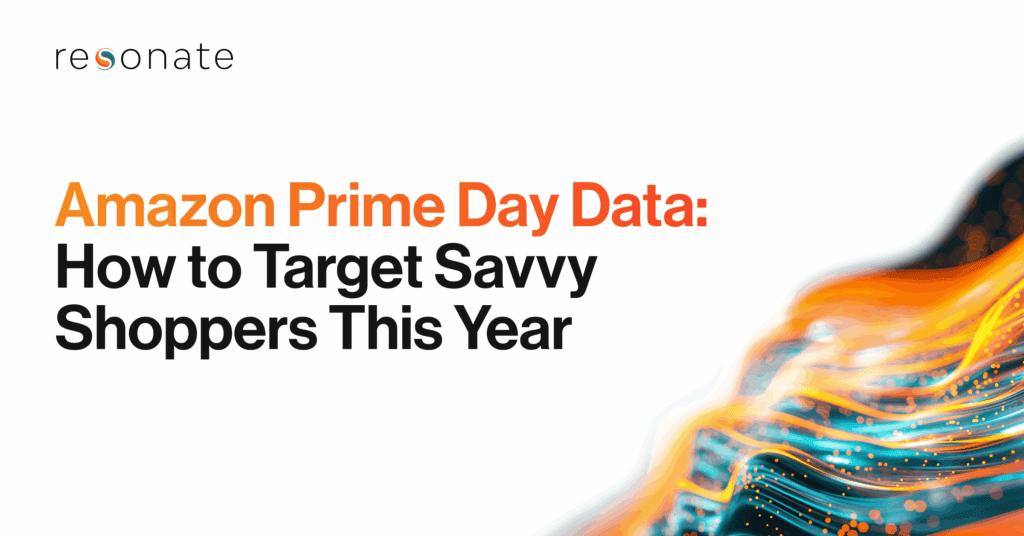“Customer segmentation has long been a cornerstone of marketing campaigns, giving enterprises a way to partition their customer bases and plan interactions with them. However, in light of growing customer expectations for personalized experiences and the availability of AI technologies to enable smarter insights about these customers, it’s time for marketers and CI pros to rethink their segmentation strategies.” – Brandon Purcell, Forrester
I attended one of Brandon Purcell’s briefings, and his findings speak hard truths to many traditional researchers and marketers. There are new, intense demands being placed on Consumer/Shopper Insights and Marketing groups. I’ve worked with dozens of organizations on their segmentation strategies and I’ve talked to hundreds more.
The Following 5 Questions are Ones I’ve Learned to Ask When the Topic is Segmentation
1. Is now the right time?
Most large brands refresh or overhaul their segmentation schemas every 2-5 years. Why? We all know Finance would never wait 2-5 years to refresh the company’s revenue projections. The answer, for better or worse, is that traditional segmentation has been time-consuming and expensive. To justify the expense, segments typically need to “last” for several years. But that becomes a big problem when new competitors pop up every day, tastes and behaviors change and economic forces outside your field of vision are disrupting the market.
Solution: If you’re feeling like your segmentation might be stale, it probably is. 2-5 years is too long to wait in between refreshes. The key is to build ongoing solutions that evolve with the speed of business. Going forward, revisit your segmentation at least annually as part of a larger strategy/planning discussion. This should focus on whether you have a sufficient understanding to solve today’s business problems.
2. What business problems will this solve?
Some conversations about segmentation start with the end in mind and gloss over the problem part. Stakeholders are anxious to see something new, there is an agreement to a budget, and so groups reach out to companies like Resonate and ask us if we can help with their segmentation. While the short answer is yes if that’s the only question the company wants to talk about I usually see that as a warning sign. So, my response to “can you help with our segmentation?“ is, “Sure. What problems are we solving?” I’ve talked to hundreds of groups inside companies of all sizes, and I’m consistently surprised by how long it takes some groups to answer that question.
Solution: Before you decide you need a segmentation, make sure you properly identify the problems you’re trying to solve. By focusing on the business problems you will likely learn that segmentation is only part of a larger, more holistic solution.
3. Are we doing a consumer or customer segmentation?
These two terms get tossed around interchangeably too often, and they are not the same thing. This isn’t the article to discuss the technical differences but suffice it to say that both have their unique advantages. Customer segmentations are typically best for understanding the needs of existing customers. Marketing/Account Management teams can use this information to craft more relevant messages and deliver better customer service. Consumer segmentation, on the other hand, is intended to add a deeper level of data precision and insights and seeks to understand the larger drivers of consumer behavior.
Solution: While both types provide unique advantages, the line is blurry and most organizations recognize the importance of both types. The question becomes: which tool is best to solve the business problems you’re facing. If you are a company, like a bank, with long-term, stable customer relationships, a deep understanding of those customers is critical. On the other side, if you are a large CPG house of brands with high household penetration across a large portfolio of products, you will likely be focused on the larger consumer landscape.
4. What are we going to do with the results?
The goal is to be very specific here. If you have decided there’s a problem worth solving and segmentation is a major component of the solution, the next question we need to ask is, “what actions are we going to take as a result of what we learn?” You want to understand how this new understanding will allow you to apply your expertise and creativity to accomplish what you’re responsible for achieving for your business. What business hypotheses will be testable with this new data? What actions can we take before we get the results? How will we tie this back to the business?
Solution: I’m realistic and I know that it’s not a good business to commit to actions before you understand the data. But don’t confuse outcomes with actions. You can commit to several actions with a keen eye towards seeing how those actions affect various outcomes. You will want to have a list of potential actions and ways to test it so that you maximize the business opportunities.
5. How are we measuring ROI?
At its heart, a segmentation is designed to give us shared stories about who our customers are and what they care about so that we can continually create loyal new customers. They are designed to keep us focused on actual people, create deeper connections, and hopefully transcend the noise and malaise that brands are always fighting against. Unfortunately, that is hard for the finance team to capture in a spreadsheet. So in addition to the qualitative ROI, we need to use data to prove there is a measurable lift in key areas of the business.
Solution: We’ve all heard death by 1,000 cuts. I’d like to suggest the term: success by 1,000 small wins. That will be critical to measuring ROI on a segmentation. If you’re looking for the one “aha here’s the proof it worked” metric you’re unlikely to find it. It will be measured by a Brand Manager’s ability to find exactly the right combo of words and imagery that shows up in incremental sales. It will be measured by your Product Team looking at your products in new ways and creating new offerings that attract a previously unreached customer segment. It will be measured by the CSR who shows just the right amount of empathy and understands the person on the other end of the phone and turns a cancellation request into an expanded relationship. Your job is to capture those moments and assign value to them so that when you go to refresh your next segmentation you have all those stories and ROI collected to inform your next project.
Feeling Ready to Incorporate a Recurring Segmentation Strategy?
With all this in mind, you’re probably starting to take stock of the last time you refreshed your segmentation, whether it looked at the right targets and whether it was actionable in a way that made sense for your brand.
If you’re ready to get serious about a recurring and regular segmentation strategy that keeps up with ever-evolving consumer trends, contact Resonate today to set up a demo and learn what’s possible.



